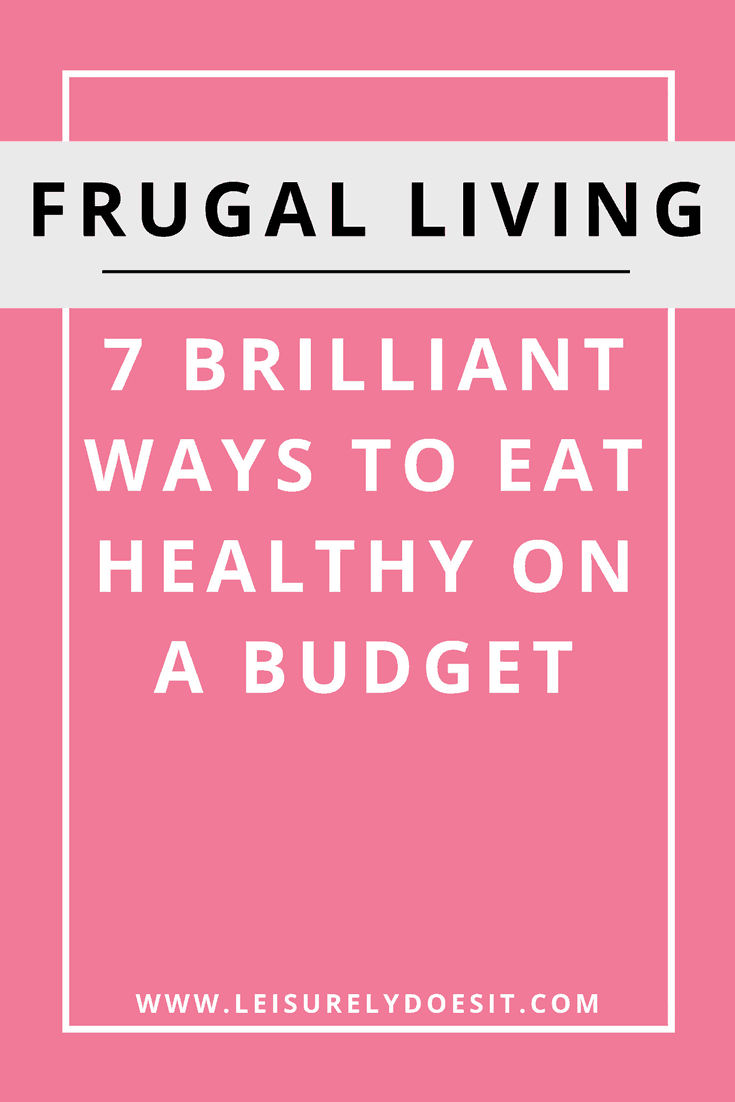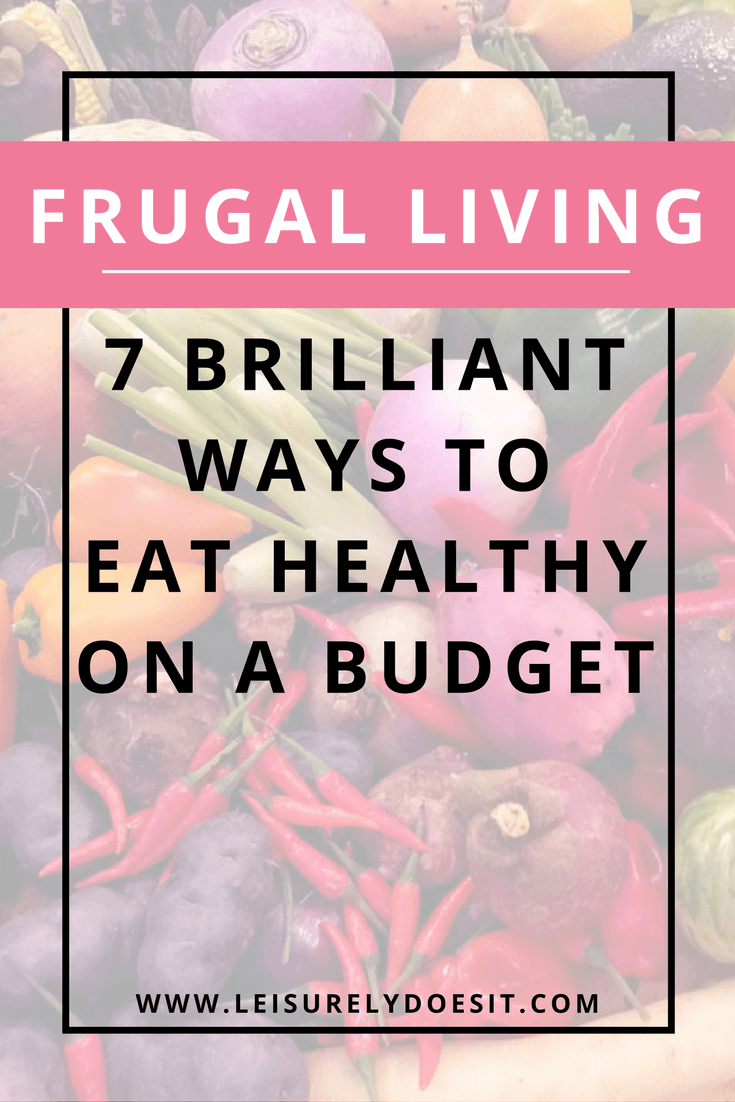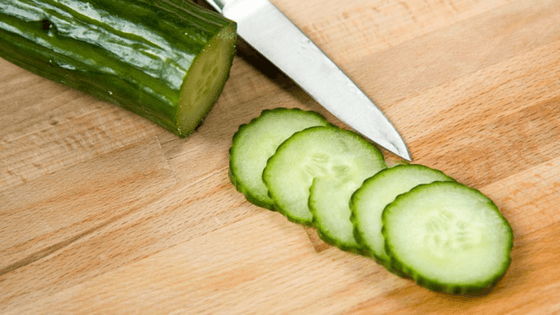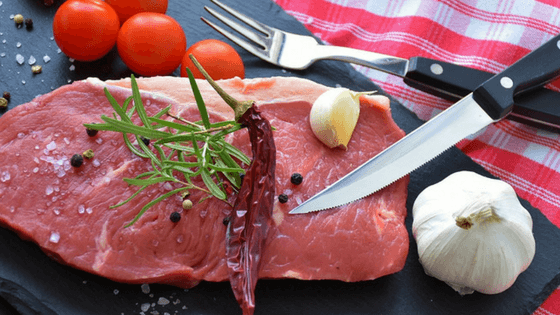It’s important to look for different ways to reduce your spending whether you want to pay off debt or are just trying to live within your means. There are obvious methods that people turn to like cutting back utility bills but spending less on your food is also another way to go about it.
I’m sure you want to feed your family, and yourself, the best meals possible. The problem is healthy food can be expensive! If you don’t want to sacrifice nutritious food in the process of trying to save money, here are seven ways to eat healthy on a budget.
This post contains affiliate links. If you click and make a purchase, there’s absolutely no extra cost to you. Read my full Disclosure Policy here.
How To Eat Healthy On A Budget
1. Meal Plan
Taking the time to meal plan each week not only saves you the headache of wondering what to cook for dinner, it also saves you cash!
Many families waste so much money on food simply because they purchase stuff they never use. I know this first-hand because I was guilty of this. Every week, I would get mad at myself as I dumped rotted food into the trash. I might as well have taken my hard-earned money and thrown it in there because that’s pretty much all I was doing anyway.
Then, I started meal planning and put an end to all of that. Your meal plan helps you to buy only what you need and ensures that you use every last bit of what’s available at home.
You’re also less likely to hit the drive thru line to purchase fast food because you know exactly what’s for dinner. Fast food is not healthy and it’s not easy on your wallet either.
2. Eat Home-cooked Food
One of the best ways to eat healthy on a budget is to cook your meals from scratch at home. That way, you know exactly what is going into your food. You control everything—the salt, sugar, oil or butter—and you can make sure it tastes the way you like.
When you consume processed foods, you have no idea what the ingredients are and you have no ability to determine how much of each ingredient was added.
Cooking from scratch might seem intimidating to some but I recommend you start with quick and easy meals. Add the recipes you have tried and enjoyed to a binder. After a while, you’ll have a collection that you can refer back to over and over. This will make meal planning easier too!
3. Do It Yourself
Instead of purchasing certain ingredients like fish or poultry seasoning, make your own. More than likely, you already have the items you’ll need at home to whip up some for yourself. Feel free to make a large batch and store it in a labelled jar. That way, whenever you need more, you have some on hand.
Convenience items like marinated meats and chopped veggies usually cost more than if you did the job yourself. It can be tempting to purchase these items to save time in the kitchen but when you’re trying to eat healthy on a budget, every cent counts.
4. Shop Smart
Where you shop and what you buy can make a big difference to your grocery budget. Try shopping clearance items in the supermarket. Often, these will be near to their expiration dates or might be very ripe fruits and vegetables.
With some clever thinking, you can take advantage of these discounts. Use overly ripe bananas to make yummy banana bread, apples to make apple sauce or tomatoes to create your own pasta sauce. Add Greek yogurt that’s near to its expiration date to overnight oatmeal for breakfast or substitute for mayonnaise in recipes.
Shop at discount stores where you can get a bigger bang for your buck. Buy non-perishable items in bulk or things you know you use frequently.
5. Reduce The Amount Of Meat
Meats are expensive but there are two ways you can cut back on the amount you use to save money.
The first is to use half the meat a recipe requires and bulk up the rest of the meal with vegetables. I love doing this myself. It’s a great way to add more nutritious veggies to a dish and still have meat present.
If you have picky eaters in your family who will freak out at the sight of vegetables on their plate, throw them in the food processor. (The vegetables, not the picky eaters.) Then, mix the finely chopped blend into the food as you normally would. Using a food processor also saves you from spending a lot of time chopping. Bonus!
The second way to reduce the meat you use is just to leave it out altogether. You don’t have to become vegan. Just pick one day out of the week when you’ll cook a meatless dish. Meatless Mondays, anyone?
6. Use A Shopping List
A shopping list is crucial to sticking to a budget. Have you ever gone grocery shopping for just a few items and then left with bags full of snacks and other things you didn’t intend to buy?
Write a list using your weekly meal plan. Group items based on the layout of the supermarket to prevent you from walking back and forth.
Stick to the outer edge of the grocery store. You’re most likely to find whole foods in this area e.g. fruits and meats. Processed foods are usually kept in the inner aisles.
7. Generic Vs. Brand Name
The final way you can eat healthy on a budget is to purchase generic groceries instead of fancy brands. Supermarkets often have their own brands for staples like flour and sugar. These can be great quality for a fraction of the cost so they’re an ideal way to save on groceries.
A little creativity is all it takes to eat healthy on a budget. You might need to put in a bit more work but it’s worth it when you see how much you’ll save in the long run.
Did you enjoy this post? If so, don’t forget to share it on Pinterest!





